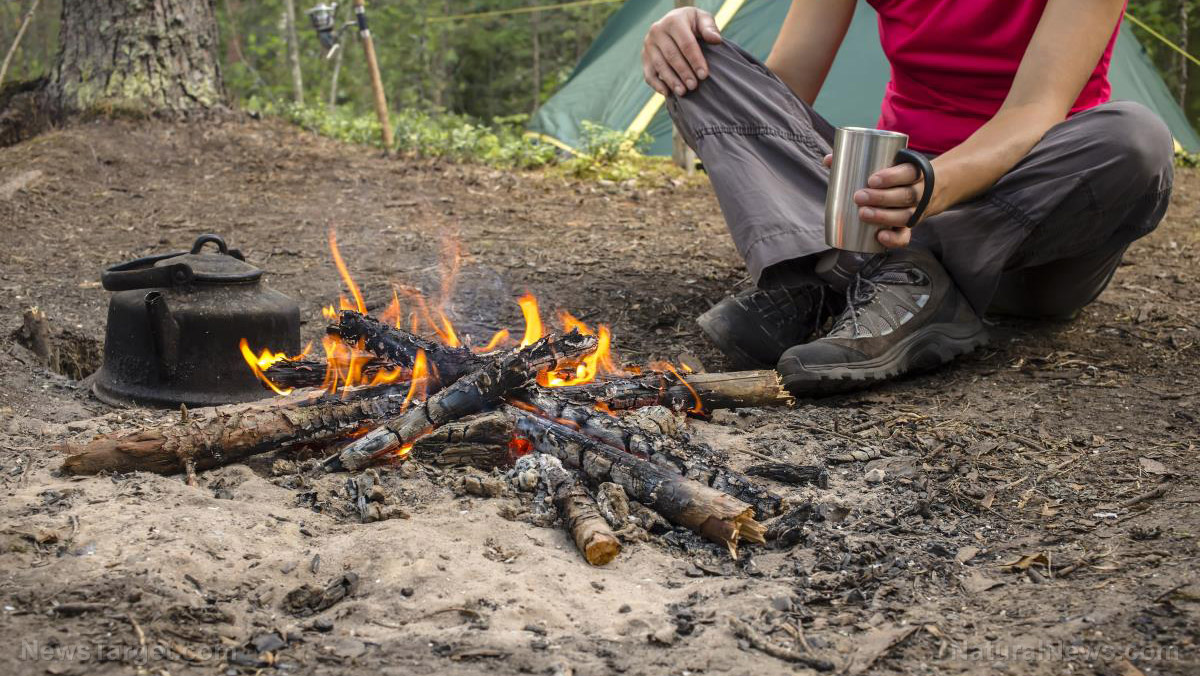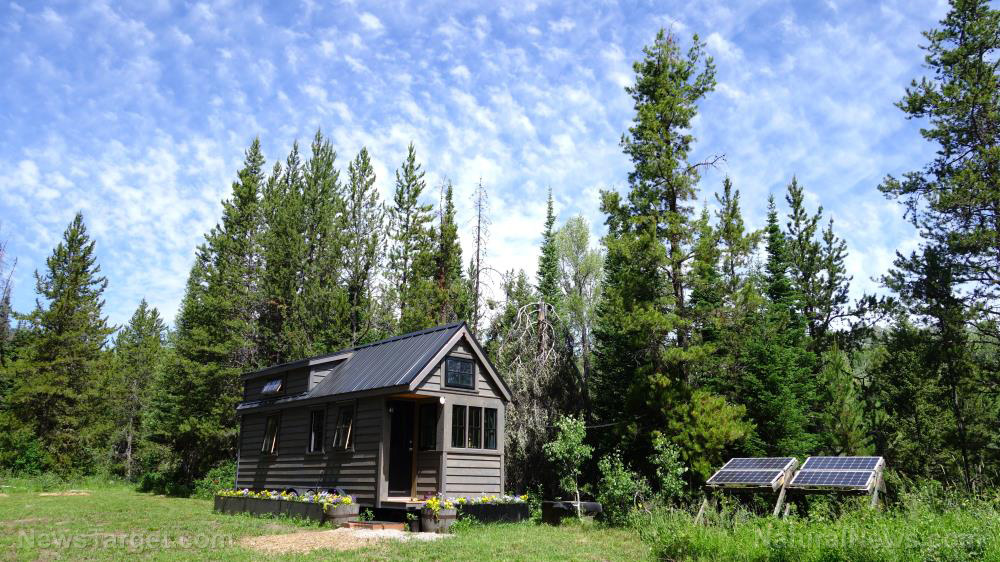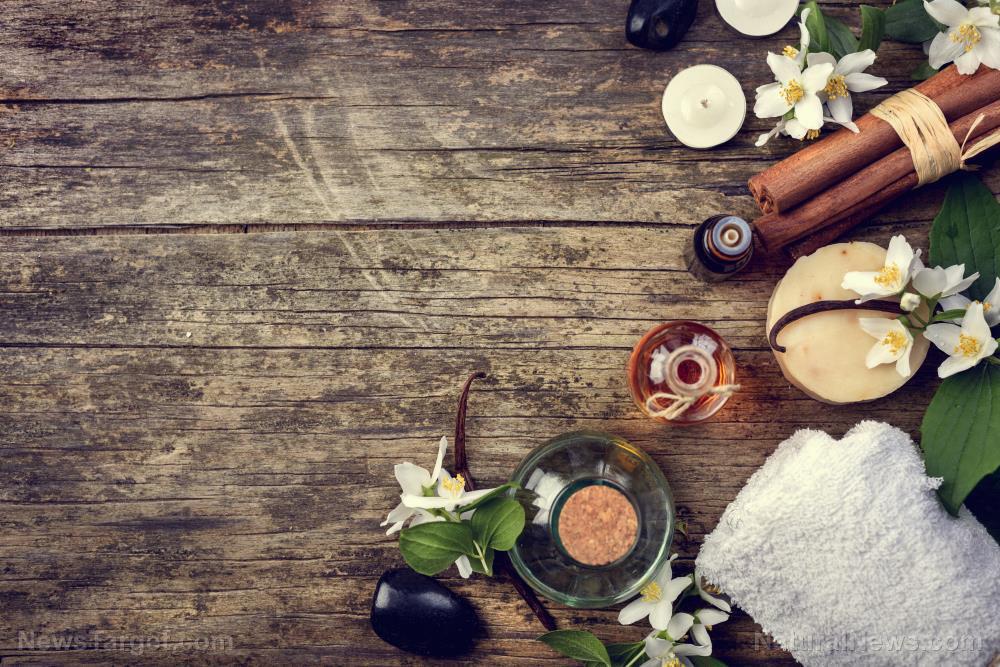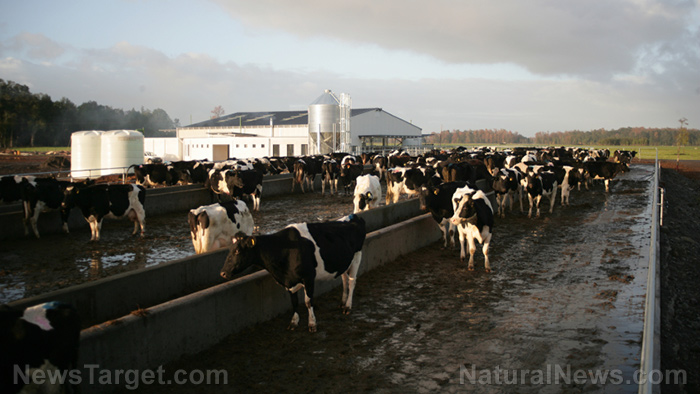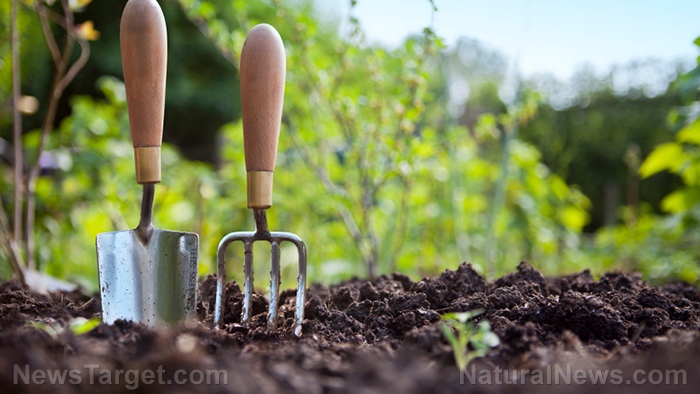
How to revive a dying survival garden
If your survival garden is dying, here are five steps you can do to try to revive it:Test the soil
The success of your survival garden hinges largely upon the quality of your soil. This means that if your seeds fail to grow the first time, then chances are there's something wrong with the soil. Assess the soil quality so that you can amend it accordingly. Invest in a kit that tests for soil pH as well as nitrogen, phosphorus and potash content.Amend the soil
Once you're done testing, amend your soil to address where it is lacking. If it does not contain enough nutrients, stock up on nutrient supplies or, better yet, make your own soil amendments. To become truly self-sufficient, you need to learn to maintain your survival garden without relying on gardening stores. There are many ways to boost soil quality using readily available resources. For example, you can add milk to the roots of your plants to prevent blossom end rot. This is caused by a calcium deficiency in the soil. Also, you should learn how to safely use manure, composting and cover crops.Secure access to information
You may encounter several gardening questions as you plow forward with your survival garden. While it's easy to find answers online, you have to be prepared for a long-term survival scenario in which you don't have access to the internet. Your best bet is to fill your bookshelves with gardening books and befriend veteran homesteaders who live nearby. These people can dole out advice.Be ready for worst-case scenarios
You need to be prepared for things that are beyond your control, such as natural disasters. Come up with a backup plan so you don't get caught flat-footed. If a disaster is imminent, relocate as many plants as you can indoors and stock up on food. While growing your own food is ideal, it pays to have a survival stockpile when things do not go as planned. (Related: Can you survive on your own garden if you need to? Having a productive garden could make or break your survival.)Gain experience
Nobody becomes a skilled gardener without experiencing failure first. While seeing your seeds fail to take root is disheartening, this shouldn't discourage you from trying again. Keep in mind that the only way to become a better gardener is by learning from your mistakes. Identify the issues that may have caused your home garden to fail and write them down on a journal. This journal will serve as your guide so you don't make the same mistakes again.Reasons why your survival garden is dying
Here are a few reasons why your survival garden isn't thriving:- You did not do your homework. Gardening involves science and technique. If you do not educate yourself before starting a survival garden, then you won't have the knowledge necessary to grow crops successfully.
- You provided the wrong amount of growing requirements. Different plants thrive under different conditions. Give each crop the right amount of their requirements for growth, such as water and sunlight.
- You planted high-maintenance crops. Some new gardeners tend to choose crops that are difficult to grow. If you're a beginner, be realistic about your gardening skills and start with low-maintenance crops.
- You added too much fertilizer. Feed a plant only the amount it needs. Adding too much fertilizer can cause root burn and stunt a plant's growth.
- You used pesticides excessively. Excessive use of pesticides creates an imbalance in nature. This imbalance affects insects that are beneficial for plants.
Firestarting tips: 5 Types of campfires and how to build them
By Zoey Sky // Share
20 Surprising uses for zip ties, a bug-out bag essential
By Divina Ramirez // Share
Self-sustainability and independence: A beginner’s guide to living off the grid
By Zoey Sky // Share
Colonial Pipeline cyber attack draws attention to serious vulnerabilities in U.S. energy
By Cassie B. // Share
How to make DIY survival pain relief salve using essential oils
By Zoey Sky // Share
U.S. brands Colombia's dominant drug cartel a foreign terrorist organization
By bellecarter // Share
Trump extends travel BAN to Palestinians and five other countries
By ramontomeydw // Share
U.K. military chief warns of potential war with Russia, calls for national preparedness
By bellecarter // Share
